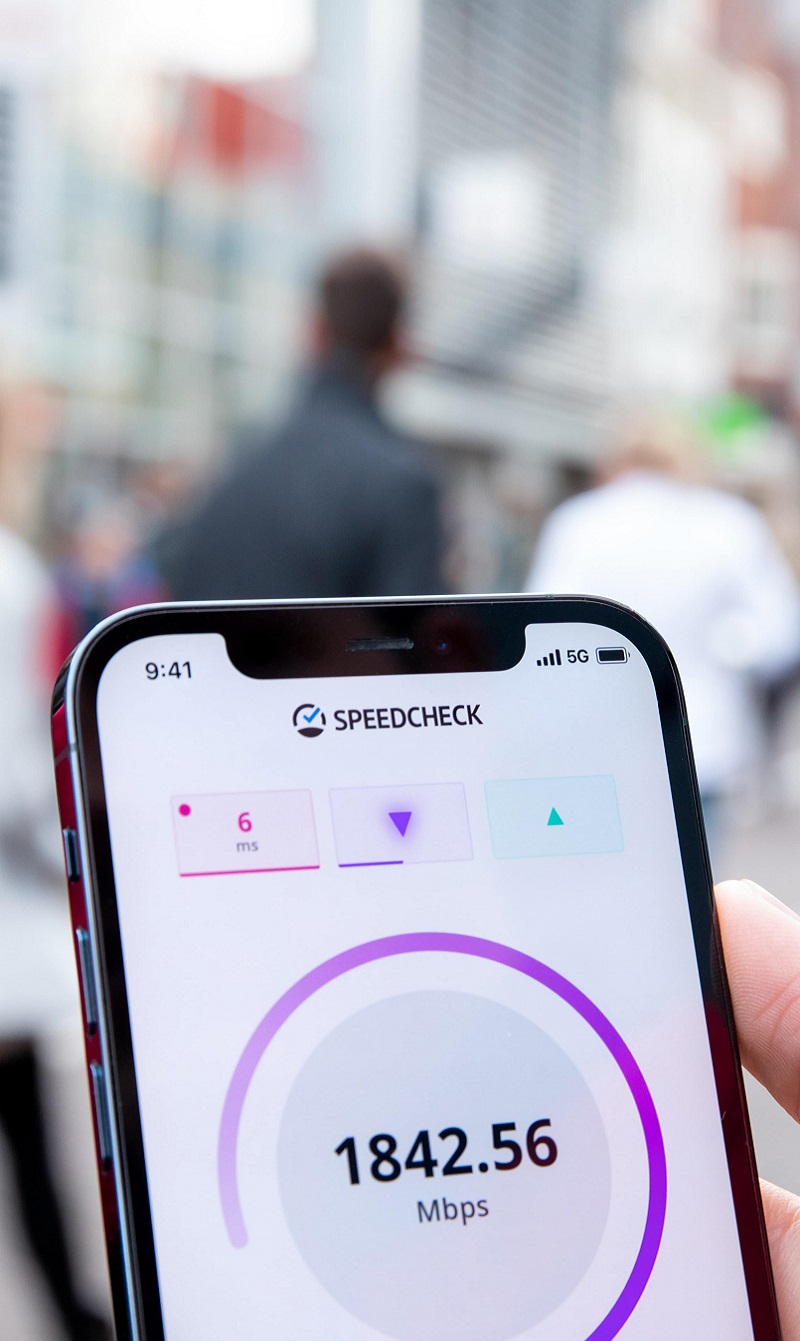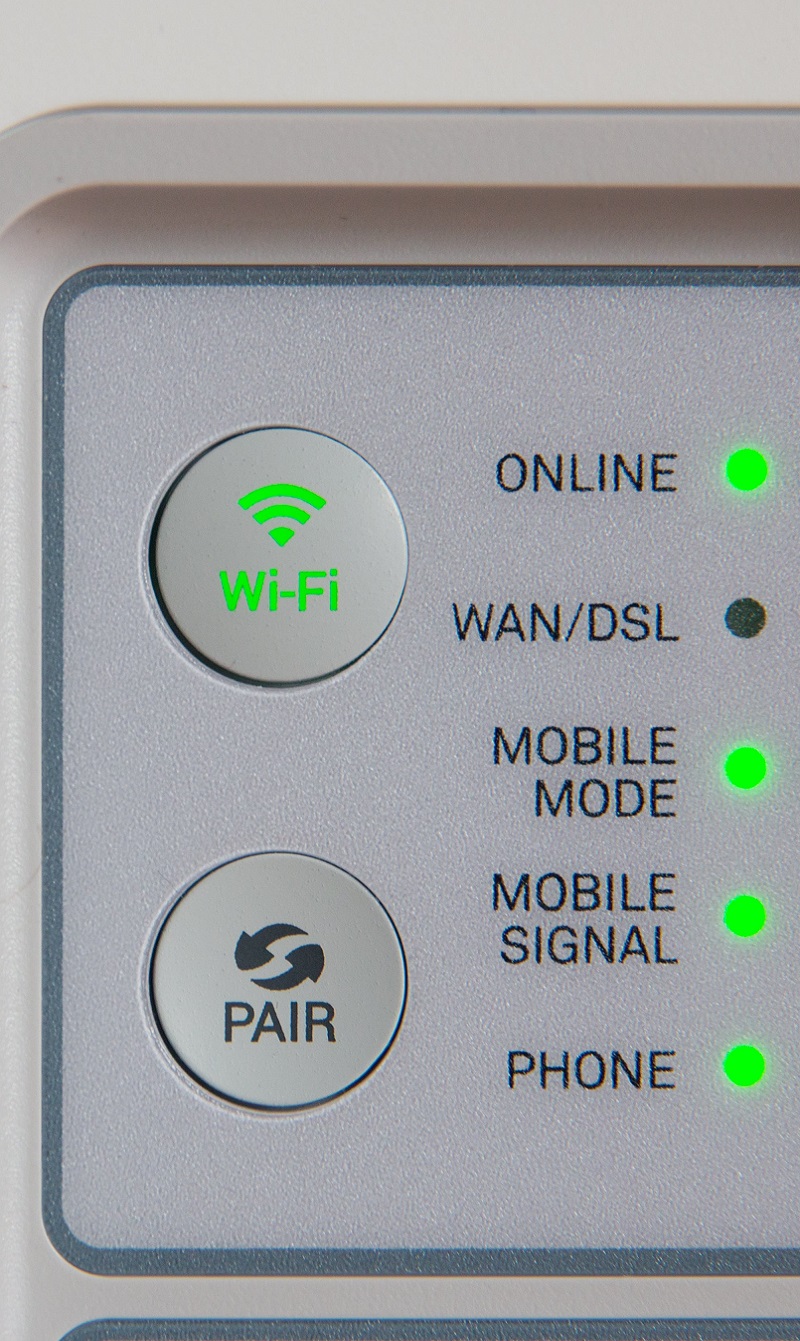Byte Size
A quick look at what’s going on within the main areas of communication, mobility and food, and the disruptions that are needed for the sake of economic resilience in 2019. This was an article features in In Focus magazine issue 5.
5G
A global 5G race is underway. Already in 2017, Korea Telecom rolled out a trial 5G network ahead of the 2018 Winter Olympics in Seoul and today, the city offers it almost everywhere. In July 2019, CGTN reported that Monaco has become the first European country to be entirely covered by a 5G network based on Huawei’s technology. Huawei doesn’t look like it’s slowing down in the midst of current trade barriers because it has secured, according to CGTN, 50 commercial contracts in 30 countries in terms of 5G and has shipped 150,000 base stations worldwide. Despite the race, interestingly, PwC reported that only a third of consumers are willing to pay for 5G service.
5G’s usefulness, besides super-efficient communication, extended to making a remote brain surgery possible in March 2019. Chief physician Dr Ling Zhipei started the 3-hour surgery while in Beijing, 3,000 km away from where the patient was in Sanya, China. Through China Mobile and Huawei 5G technology, the surgery was deemed a success. Dr Ling’s remark was, ‘You barely feel that the patient is 3,000 km away.’ However, it wasn’t the first. China Daily reported that a complicated hepatic operation was done in a hospital in Shenzhen under the real-time instructions of an expert 2,200 km away in Beijing. Thanks to the speed, large bandwith, low latency and high reliability of 5G, these remote surgeries were, and will be, possible.
Despite PWC’s report, 5G will increase the number of devices connected to the internet. As it is now, according to IT Pro Portal, there are already 3.6 billion connected devices. This is almost half of the current world population. And it’s growing fast.
Autonomous Vehicles
There are many hopes pinned onto autonomous cars. The main one is that autonomous cars will be able to reduce traffic congestion. Phys.org reported how researchers found that by controlling the pace of autonomous cars, these cars could control traffic flow by dispersing stop-and-go waves so that traffic wasn’t oscillating as it would by human driven cars. What’s more, even as small as five per cent of autonomous vehicles could significantly eliminate stop-and-go waves. Thus, reducing total fuel consumption by up to 40 per cent and braking events by up to 99 per cent.
Autonomous vehicles have been said to affect, for example, the shipping industry by reducing the number of human drivers and increasing safety, among other things. Still, at this moment, self-driving cars are still a concept. Tests are still on-going and according to an Independent article in April 2019, autonomous technology firm FiveAI has started testing five self-driving cars in Bromley and Croydon in the United Kingdom, as the latest step in its plans to eventually roll out an autonomous, car-sharing service in London. The company hopes to begin passenger trials in 2020.
Agtech
The world’s current population of 7.7 billion is expected to go up by a billion in about a decade. Already at the turn of the century FAO had predicted a decline of annual agricultural growth of 0.7 per cent in the next three decades. Not good news since we’re going to need an increase of food supply to feed 8.5 billion by 2030. Therefore, World Resource Institute has come up with steps on how to create a sustainable food future and it includes increasing food production as well as fish supply without expanding agricultural land, protecting as well as restoring natural ecosystems, reducing GHG emissions due to agricultural production and reducing growth in demand for food as well as other agricultural products.
Enter, agriculture technology, or agtech.
Startups have been main catalysts for the rise of agtech. In fact, its development has surpassed analysts’ predictions with self-driving tractors, autonomous farm equipment that’s able to plant, plow, weed, spray and more, and of course, robots that are able to do the jobs of human farmers.
On purely agriculture science, crops now have higher nutritional content, are more fertile and resilient to diseases. Agtech has been a great help in developing countries and in areas that aren’t farming-friendly such as the dessert. FAO reported that currently smallholder farmers supply 80 per cent of food in sub-Saharan Africa and Asia. However, they’re threatened by competitive pressure from, among other things, globalisation. Here’s where agtech helps, with a little help from prominent benefactors to inject funding into innovative agricultural technology, these countries can adopt agtech to further their endeavour. Thus, be a part of the food security solution.
IoT
2018, it seems, was a good year for IoT. This year too, looks like. There are five things, according to Forbes, to watch out for in 2019 when it comes to IoT: its overall growth, deeper penetration in the manufacturing as well as healthcare industries, increased security at end points, smart common areas in cities globally and increased market penetration of connected smart cars. Most impressively, is the prediction that 87 per cent of healthcare organisations will adopt IoT in this year alone. This means endless possibilities including smart pills, smart home care and electronic health records.
For those wondering if it’s time to buy a new car, Daniel Newman in his Forbes article thinks so. ‘IoT’s changing the way we experience automobiles,’ he says. ‘Now tonnes of vehicles have a connected app that shows up to date diagnostic information about the car. This is done with IoT technology. [However], Diagnostic information isn’t the only IoT advancement that we’ll see in the next year or so. Connected apps, voice search and current traffic information are a few other things that’ll change the way we drive.’


